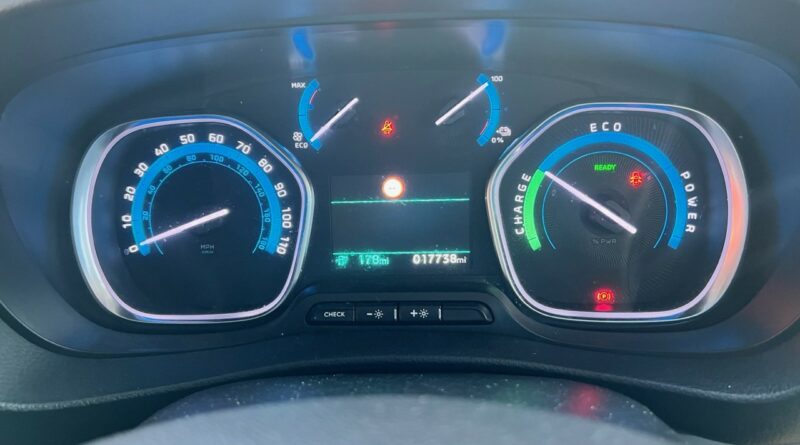Electric Car Performance in Cold Weather: Navigating the Cold
This article delves into the effects of Electric Car Performance in Cold Weather, shedding light on range reduction and offering tips to optimize performance during winter. As the cold weather sets in, the impact on electric vehicles (EVs) becomes a notable topic of discussion. Unlike traditional petrol or diesel engines that warm up swiftly through combustion and you immediately not noticing range drop but gradually noticing you have to go to petrol station more often, EVs operate differently where you noticing direct phenomen range drop. How electric cars work.
Understanding the Cold Weather Challenge: In the realm of electric cars, maintaining an optimal battery temperature is paramount. EV batteries function best within a temperature range of 20-40 degrees Celsius, varying slightly across different models. When chemical reactions within the battery slows down, impacting overall performance.
EV batteries are designed to combat the cold using either liquid cooling, which serves a dual purpose of cooling and heating, or air cooling. However, the challenge remains: the lower the temperature, the more strain on the battery. This is unavoidable HV battery operational down sides in winter like any other battery powered equipment or internal combustion engine starter batteries suffer same cold cranking amp issue at the initial start.
Range Reduction Realities: Reports from EV drivers often highlight a reduction in the official range during cold weather. Average drop of the range below 0 celsius can lead high voltage battery to drop 20-30% from stated battery range. Anything below -20 celcius 50%.
Car manufacturers openly acknowledge this phenomenon. The impact of temperature on range is evident, emphasizing the need for awareness and adjustments during winter driving.
Efficient Winter Driving Tips:
- Garage Parking: Parking in a garage overnight helps maintain the ambient air temperature, eliminating the need for defrosting and easing the strain on the EV in the morning.
- Immediate Charging: Upon arrival home, plug in your EV for charging. This not only replenishes the battery but also pre-conditions or pre-heats it. Some models allow pre-programming the interior heating system, ensuring a comfortable temperature without compromising range. Battery Preheating If your EV is equipped with a heat pump, it can boost the electric heater, preserving range. Some models come standard with heat pumps, while others offer them as optional features. Set cabin function heating on Activate temperature at which you want to heat the cabin through the app. This also warms the high voltage Battery as needed. While on charge and your car will be ready for drive on min range drop.
- Eco Driving Mode: Opt for the ‘Eco’ driving mode, optimizing energy consumption by regulating heating, acceleration, cruising speed, and braking. This can result evident increase in range, particularly beneficial on longer trips. Keep electrics off or on min requirement.
- Gentle Driving: In adverse weather conditions, adopt a gentler driving style, similar to traditional cars. Regenerative braking, which converts kinetic energy into electrical energy during deceleration, becomes even more valuable.
- Weight and Aerodynamics: Reduce unnecessary weight and streamline your EV. Remove roof racks and clear out the boot, except for essential items. Keep tires inflated to correct pressures and switch back to summer tires if winter tires are not necessary.
Conclusion: Winter presents unique challenges for electric vehicles, primarily related to temperature-induced battery performance fluctuations. However, with thoughtful driving practices and leveraging available features like pre heating cabin, EV owners can mitigate the impact of the cold weather and continue to enjoy efficient and eco-friendly drives. As the EV landscape evolves, innovations like heat pumps aim to address these challenges, providing a glimpse into the future of electric mobility in all seasons. However challenges exist and they would not go away similar like internal combustion engine fuel consumption increases during winter periods.
Buying a used VW. Vauxhall, BMW, Jaguar, Ford, Volvo, Range rover, Bentley, Aston Martin, Porsche, Ferrari, Lamborghini, Maserati, Hyundai

